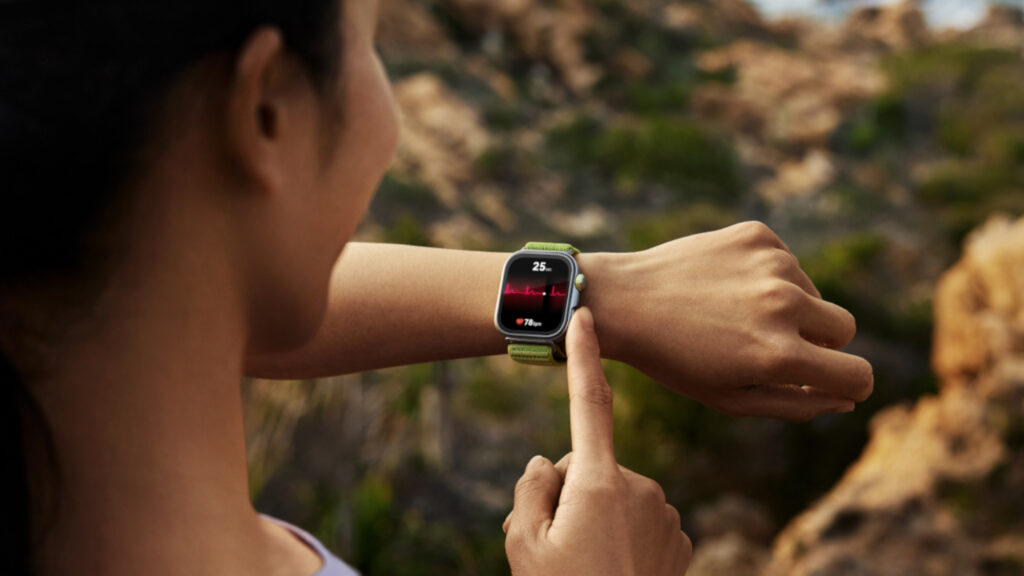
This smartwatch trick could steal government secrets from ultra-secure computers without touching the internet or raising any alarms
Title: A Potential Smartwatch Trick Could Steal Government Secrets from Ultra-Secure Computers, All Hypothetical For Now
Amidst an era of accelerating advancements in technology, security experts have put forward a theoretical possibility that a simple smartwatch could become a potent tool for extracting confidential information from ultra-secure government computers. The potential method, which would neither require internet connectivity nor trigger any conventional security alarms, has triggered a wave of concern amongst security agencies and firms worldwide.
The theoretical proposition posits that a smartwatch, utilizing its built-in sensors, could interpret computer signals and vibrations to decode sensitive data. Despite being a hypothetical situation at the moment, the question arises: for how long?
The premise of this theory relies on the fact that every keystroke on a computer keyboard produces a unique pattern of vibrations. These vibrations, imperceptible to the human senses, can allegedly be detected by a smartwatch’s accelerometer. This motion-sensing technology located in most smartwatches can potentially decipher the keystrokes, thus revealing the data being entered.
In practical terms, if a user wearing a smartwatch is typing on a government computer keyboard, the smartwatch could potentially interpret every keystroke based on the vibration patterns. This data could then theoretically be decoded to reveal the specifics of the information being entered, including passwords and other classified government secrets.
What makes this theoretical threat particularly disturbing is that it skirts around traditional security measures. Currently, ultra-secure computers employed by the government are often air-gapped, meaning they are not connected to the internet or any other networks, making them immune to conventional hacking attempts. Additionally, these computers are frequently housed in restricted-access facilities, with stringent security measures in place to prevent unauthorized physical access.
However, the smartwatch trick, if ever made possible, would bypass all these security protocols. The smartwatch would not need internet connectivity to interpret the vibrations. Additionally, it wouldn’t be hacking into the computer system itself, thereby avoiding triggering any existing security alarms.
This hypothesis raises serious questions about the potential vulnerabilities of even ultra-secure systems. It also highlights the need for additional layers of security that consider the potential threat posed by wearables and other IoT devices.
Security experts have been quick to stress that this threat remains theoretical for now. The complex programming required to decode vibration patterns into meaningful data is currently beyond our technological reach. Moreover, the method would also require proximity to the target device and a significant amount of time to collect enough data to be of any value.
However, as technology continues to advance at a rapid pace, experts caution that such a hacking method could become a reality sooner than expected. Therefore, they urge governments and security agencies to proactively consider these evolving threats when designing and implementing security measures.
The potential ramifications of this smartwatch trick underscore the changing nature of cybersecurity threats. As we become more interconnected, with a myriad of smart devices at our fingertips, we may inadvertently create new vulnerabilities. This hypothetical scenario serves as a reminder that our security infrastructure must evolve alongside our technology, constantly adapting to counter novel threats.
For now, the smartwatch trick remains purely conjectural. But in an era where technological advancements are outpacing our wildest imaginations, the possibility of such a hacking method being realized is a stark reminder of the need for continuous vigilance and innovation in our cybersecurity measures.
In conclusion, as we stride into the future, we must remember that the same technology that brings convenience and efficiency also presents new challenges. The hypothetical smartwatch trick serves as a testament to this duality, reminding us that in the realm of cybersecurity, we must always be one step ahead.
